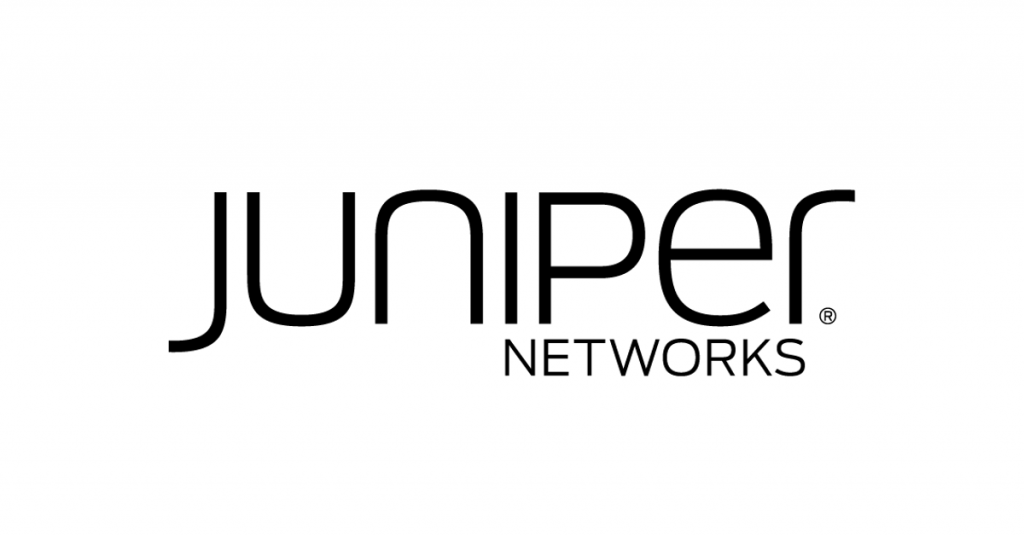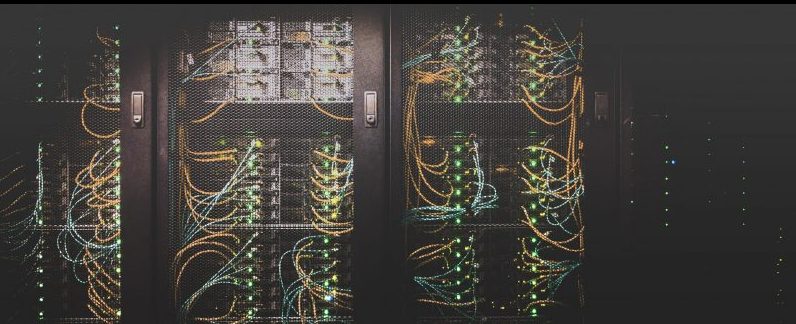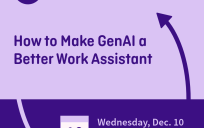Providing your users with good digital services is like getting a glass of water. When the user turns on the faucet to fill a glass, they should expect the glass to fill without worrying about the plumbing. Digital services rely on the underlying network the way the water faucet relies on the plumbing to deliver water.
Underlying network performance is vital to provide customers with a good experience, said Tom Van Meter, Senior Director of Systems Engineering for Federal at Juniper Networks, which provides networking and cybersecurity solutions.
For example, imagine someone wants to download a tax document from the IRS website. “If the website isn’t working, or if it takes a long time to download, the customer’s going to be upset before they’ve even had a chance to look at that document,” he said.
Van Meter highlighted three advances in network technology that can help agencies improve the customer experience.
Session-based routing. When delivering services to users working outside the main network, a session-based router makes it possible to determine the optimal path through the network at a given time and for a given application. It’s like having a smart navigation app for the network infrastructure. It’s invisible to the end-user, but it increases the likelihood of delivering a satisfying experience.
Multi-vendor data center management. Agencies often struggle to manage network performance because they use equipment from multiple vendors. The complexity of their network operations makes it difficult to automate at scale. A multi-vendor data center management platform, such as Juniper’s Apstra, reduces that complexity by starting with an open architecture, making it possible to automate the design, deployment and management of operations across the environment. The system takes an outcome-based approach to managing operations, using predictive analytics to determine how to achieve intent-based performance targets.
AI-Driven Operations. Access points, switches, firewalls and other network devices generate a lot of data that can be used to gain insight into user experiences. The problem is that there’s more data than traditional automation tools can handle. That’s where artificial intelligence (AI) and machine learning (ML) come into the picture. With AI and ML, it’s possible to manage network performance proactively across all network domains, including wired, wireless and cloud environments.
Juniper also uses its Mist AI engine, called Marvis, to power a virtual network assistant that IT staff can use to optimize the operational network.
The Network Matters
Juniper provides an array of advanced networking capabilities that help agencies deliver high-quality services and solve customer problems — which helps make the network an afterthought for those customers, just like the house’s plumbing is an afterthought when getting a glass of water.
But the network should never be an afterthought for agencies. “You want technology that enables you to have a stable, consistent and functional network,” Van Meter said. “Don’t settle for just barely good enough.”
This article is an excerpt from GovLoop’s guide “Customer Experience Beyond Memos: A How-To Guide.” Download the full guide here.






Leave a Reply
You must be logged in to post a comment.